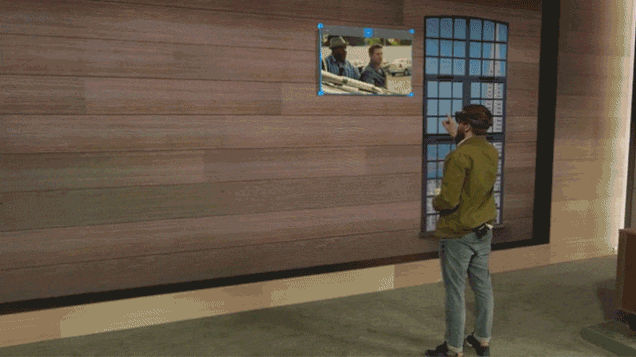EventHorizon
Member
Well the power is the reason for the FOV.
No, optics are the reason why Hololens has a small FOV. Unless you want incredibly bulky glasses that would not be marketable, you simply can't bend the light enough to project the image from the side and have a large FOV.
It's made for enterprise users first. Unlike potentially the Vive which could launch at $1500 for consumers.
And it's annoying to see so many people completely disregard all of the positive hands on impressions of this.
You've go that backwards. It's marketed towards enterprise because they are the only ones who would possibly pay the cost to own one. Outside of some very limited use cases there isn't a market for these things. The battery life is too short, the cost is too high, and the field of view is too small.



